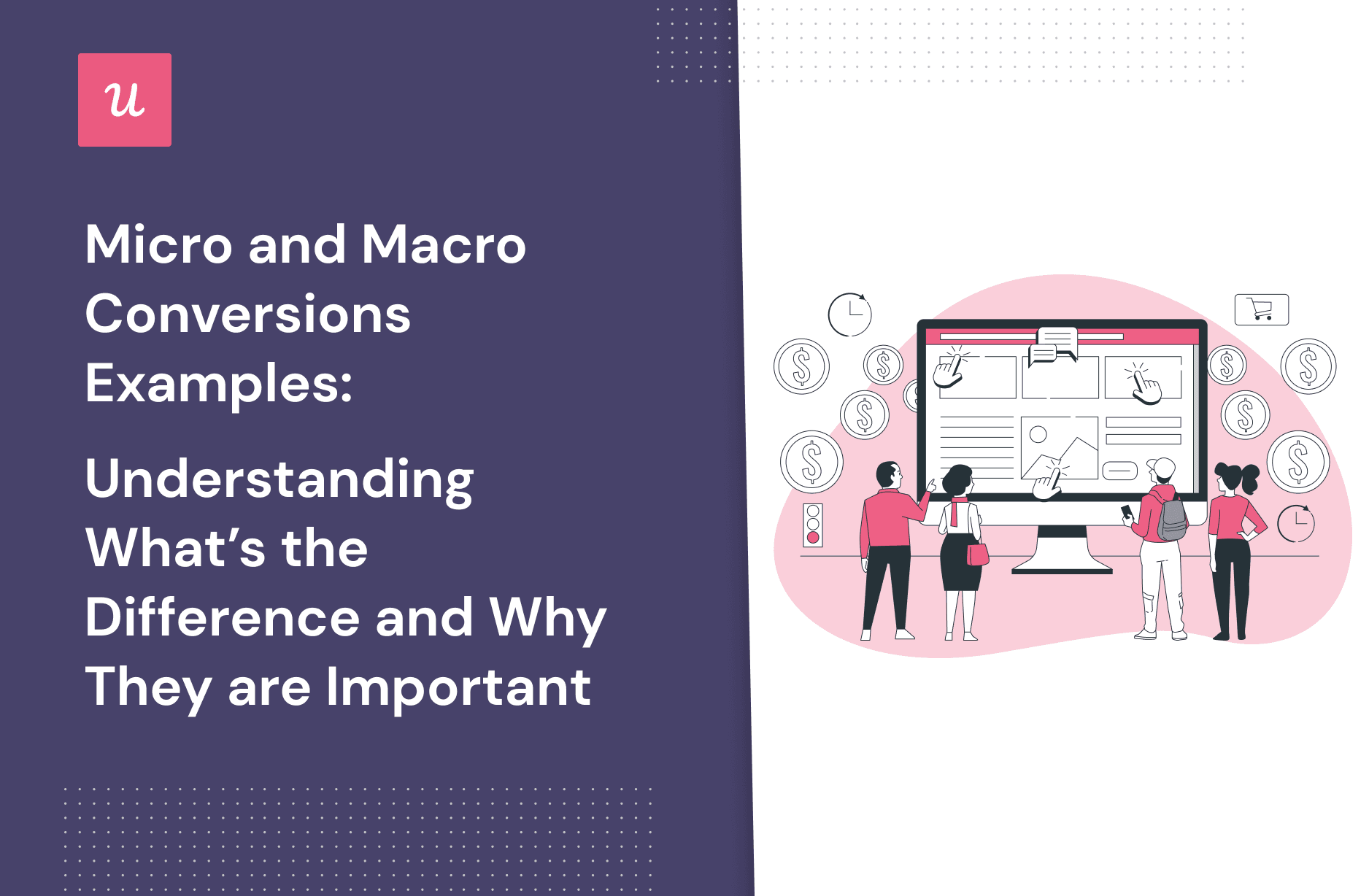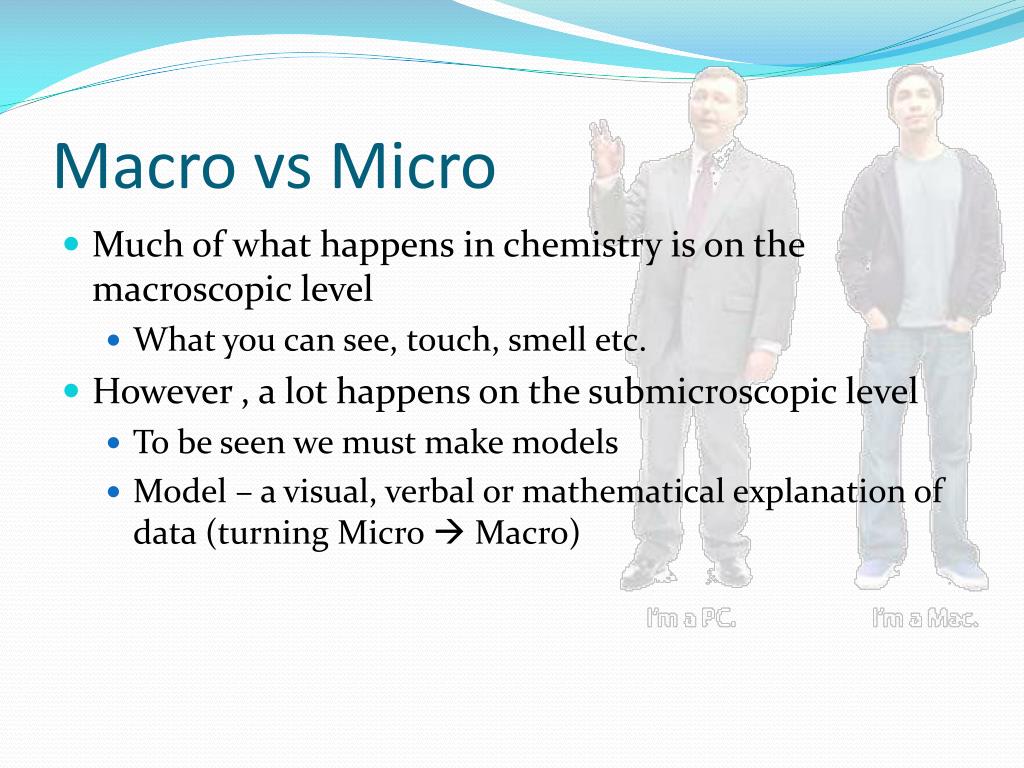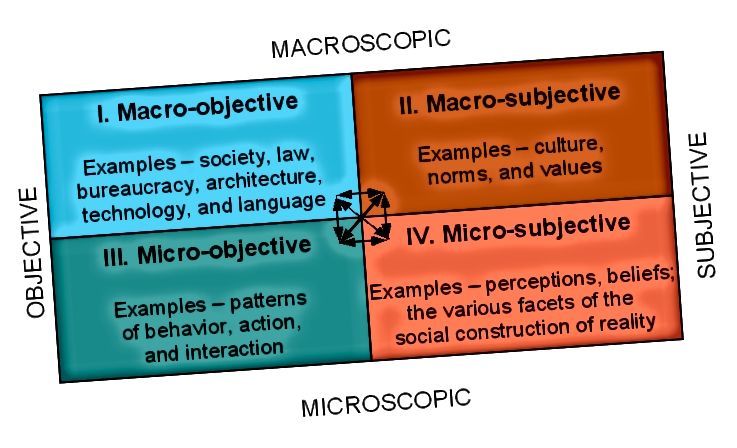

In Universal Analytics, you can build a funnel leading to a destination goal. The funnel steps generally represent micro conversions, since each step indicates that the user is approaching a conversion completion. Google Analytics provides funnel visualizations for tracking progress through the steps leading to a conversion. Examples of micro conversions for an ecommerce or lead generation site may be a newsletter signup or a general contact us submission. Micro conversion generally refers to a smaller success, particularly one that may indicate a high probability of a macro conversion at a later time. For an ecommerce website, a macro conversion is typically a purchase for a lead generation website, a macro conversion is a lead submission. Macro conversion generally refers to a significant success action. In short, micro-conversions are tiny tortoise-sized steps orienting towards an ROI-centric finish line.Migrating to Google Analytics 4 properties (GA4) gives you an opportunity to review your business' macro and micro conversions. However, they’re positive signs nonetheless. These types of conversions tend to be a little trickier to track as product teams notoriously don’t place emphasis on them. Secondary Actions are micro-conversions that don’t necessarily suggest someone is going to convert to a paying customer, but they do suggest product awareness and brand trust. Where the first two examples are positive suggestions someone will make a purchase and convert to a regular customer, the last two examples are positive signs someone will remain a customer. These positive actions can take place throughout the entire customer lifecycle. What’s noteworthy above? You have sales process milestones and customer process milestones. A few examples of micro-conversion process milestones are: Process Milestones are small conversions that indicate someone is moving toward an end goal.

Micro-conversions are split into two types. Let’s get that tortoise to the finish line.Ī micro-conversion is a small action a user takes towards a larger-usually ROI-centered-business goal. Why? Because when product teams focus on micro-conversions, macro-conversions come with more stability, consistency, and a longer customer lifetime value (CLTV).
#Macro vs micro conversions how to#
Introducing micro-conversions, why they’re important, how to track them, and how to boost them in your customer journey. This is precisely where you need to focus product marketing efforts on each baby step along the way. You can’t expect users to jump straight to the finish line. They are the reason for the customer journey being so tricky, in-depth, and such a great area of importance for product managers and product-led growth. Micro-conversions are at the very core of this journey. However, by remaining consistent and steady, convert they will, and win your SaaS business shall. They notoriously take months to convert into paying customers, especially at an enterprise level, and there are many steps they need to take to get there. The moral of the story? Slow and steady wins the race.

The tortoise overtook it and won the race.

While everyone was looking at the hare, it got overly confident and took a nap. Remember the story of the tortoise and the hare? A quick recap: they had a race.


 0 kommentar(er)
0 kommentar(er)
